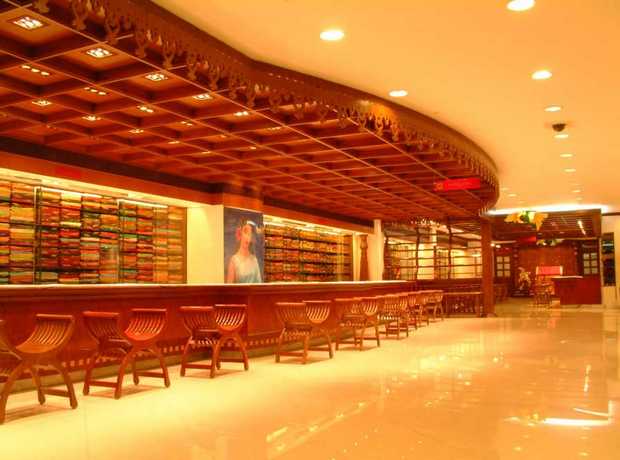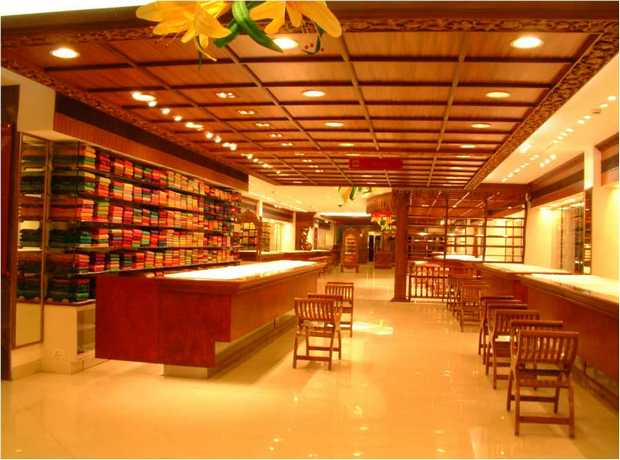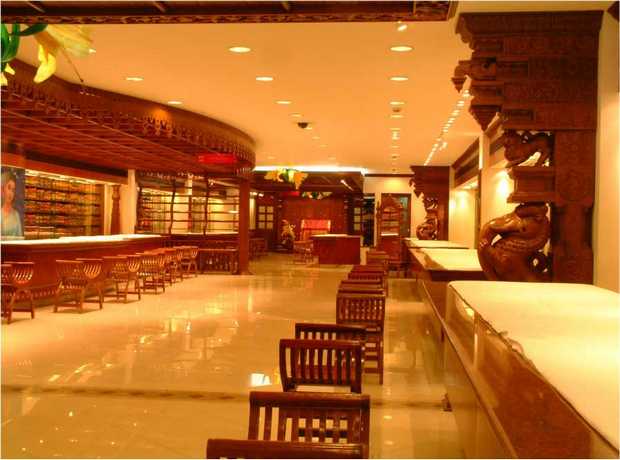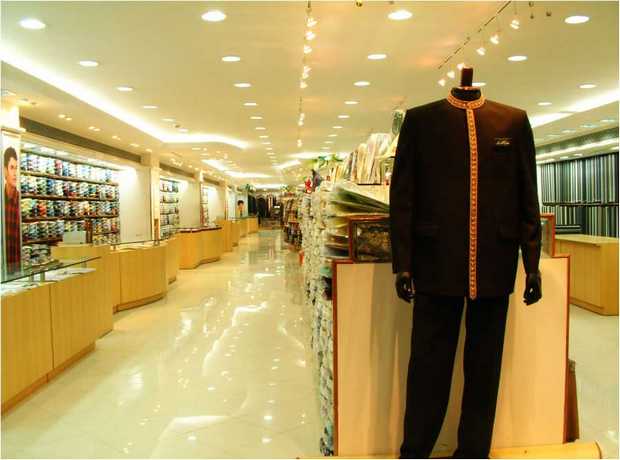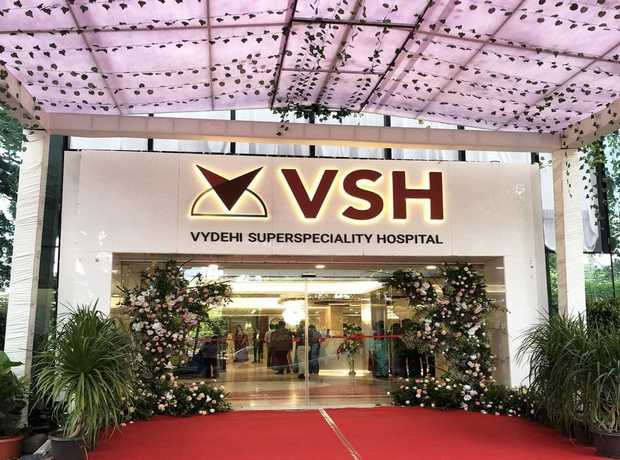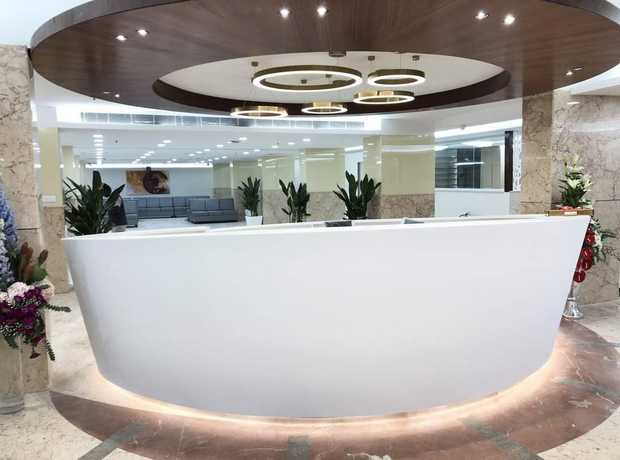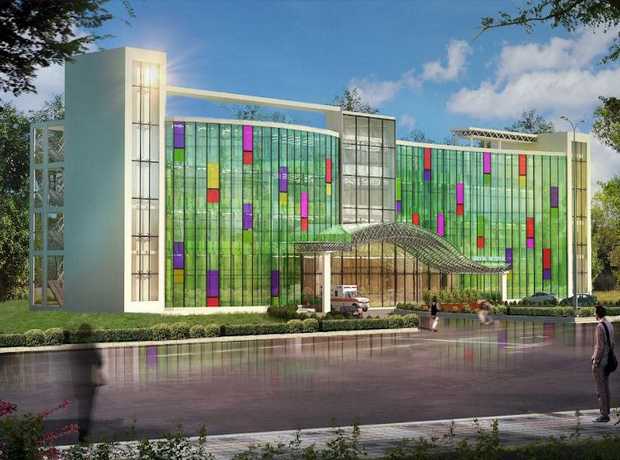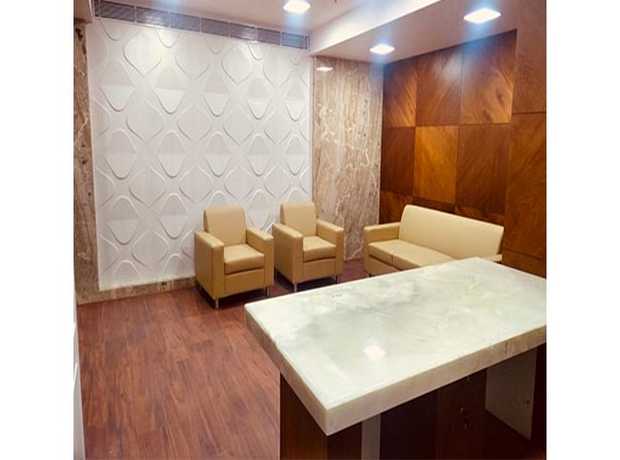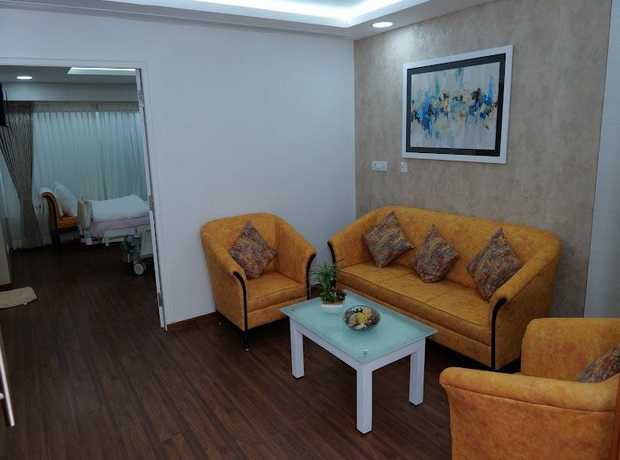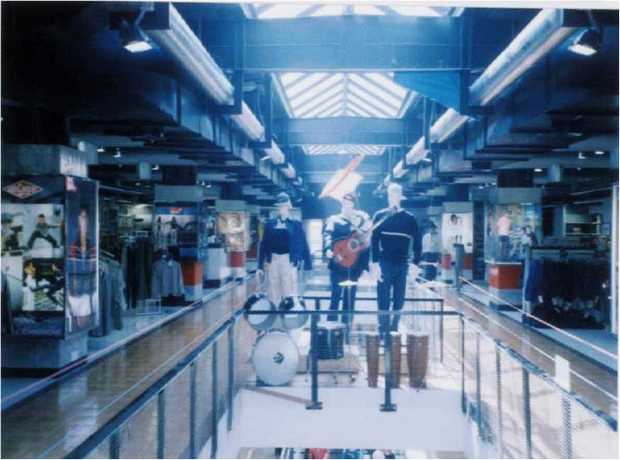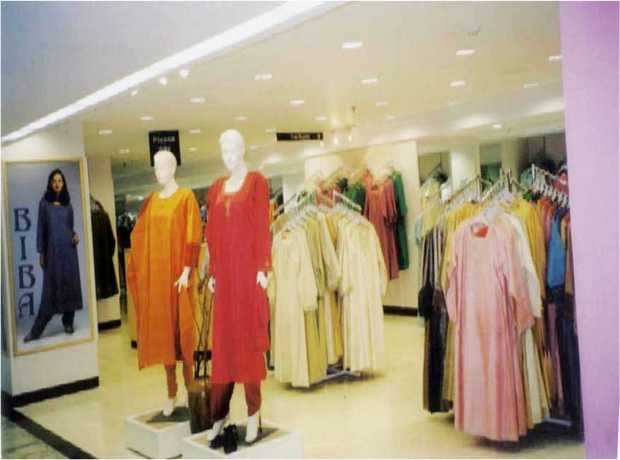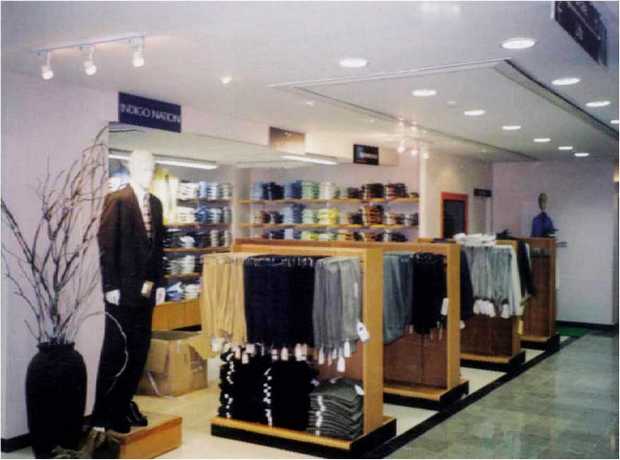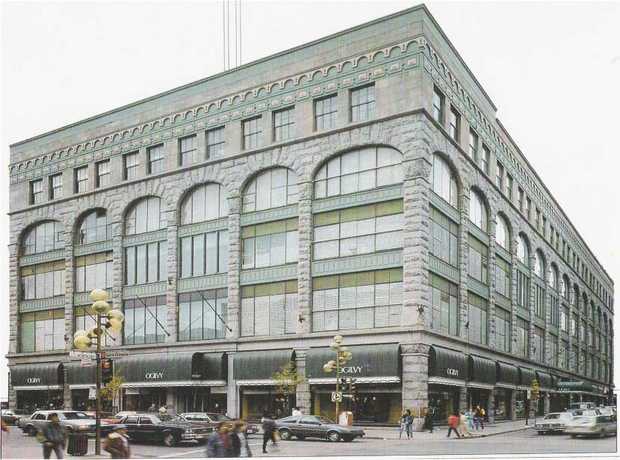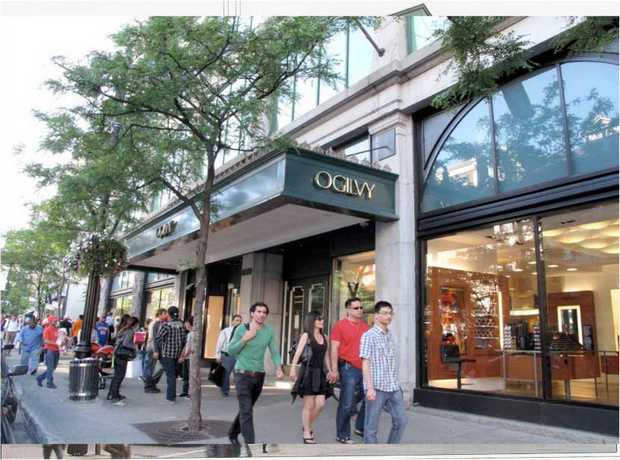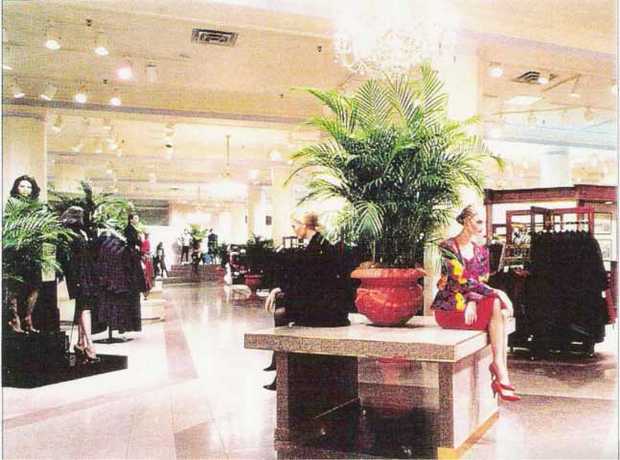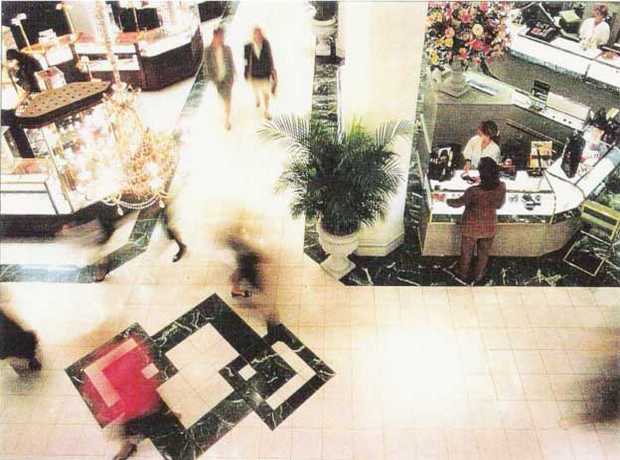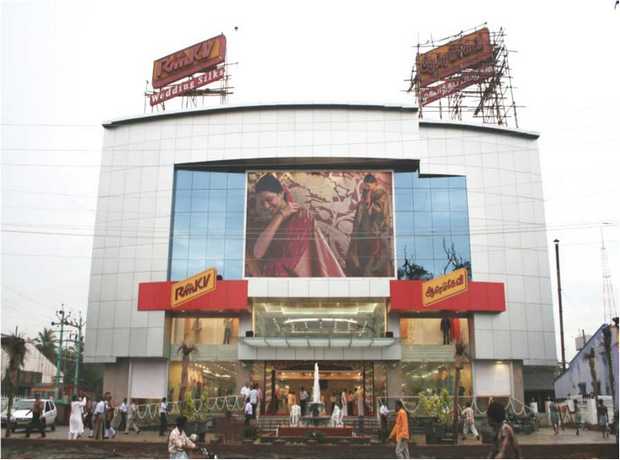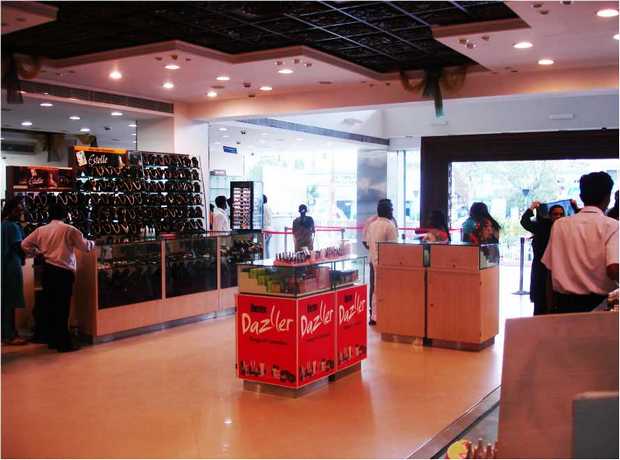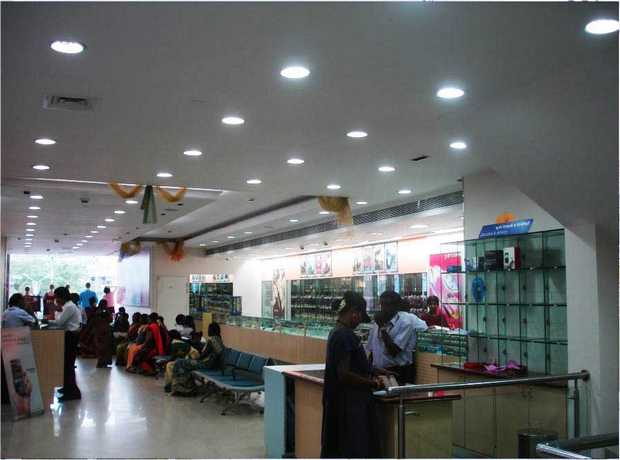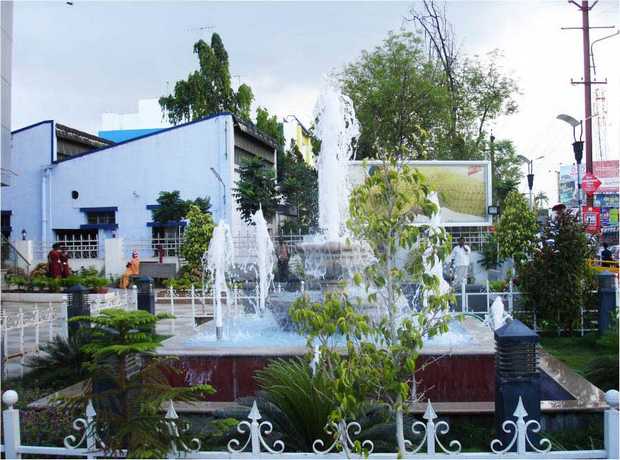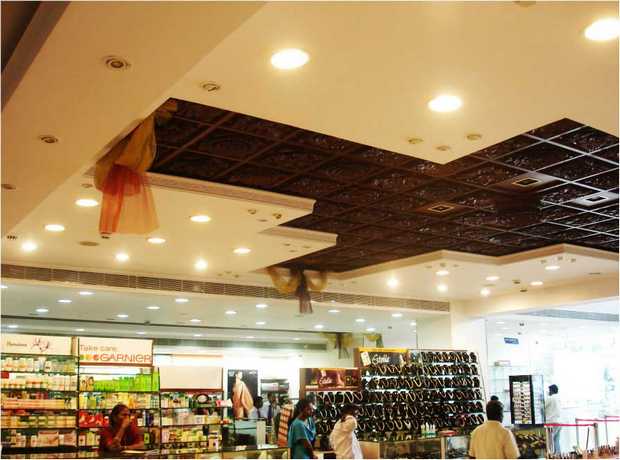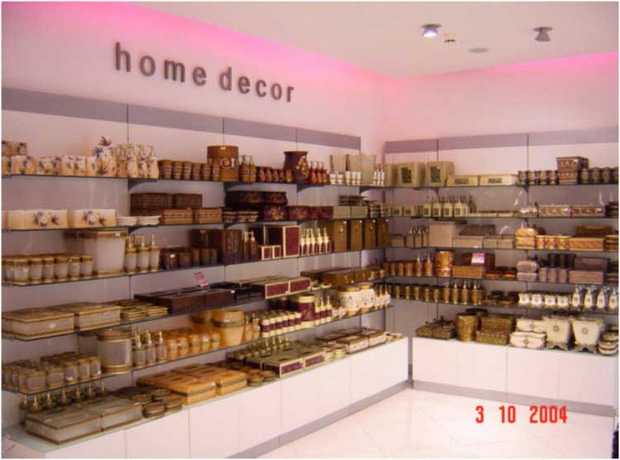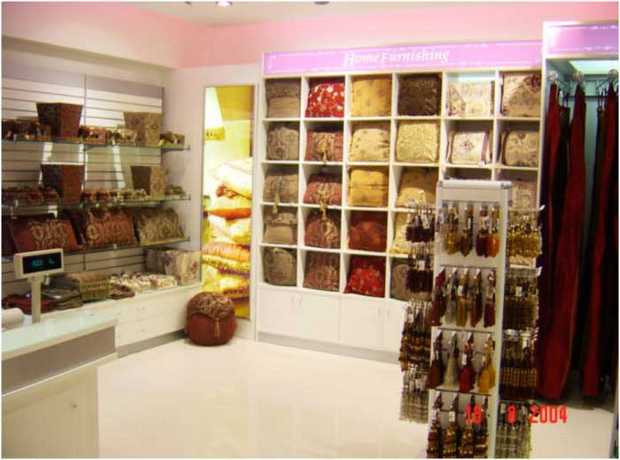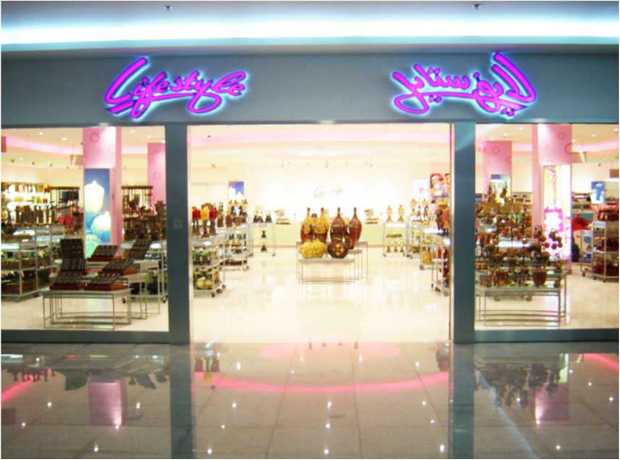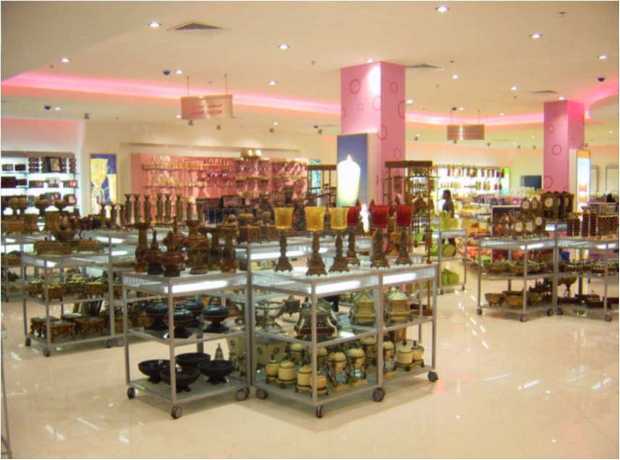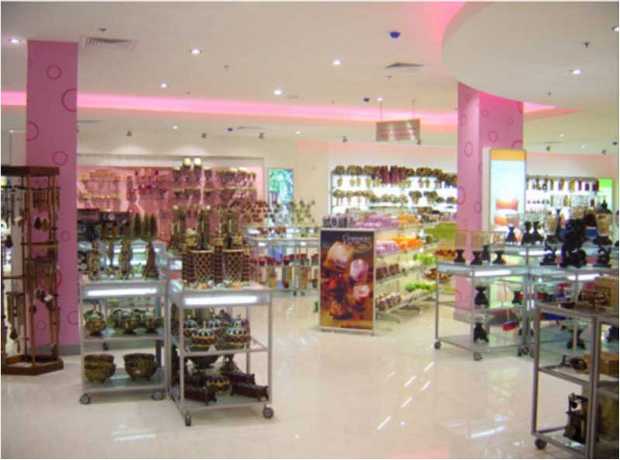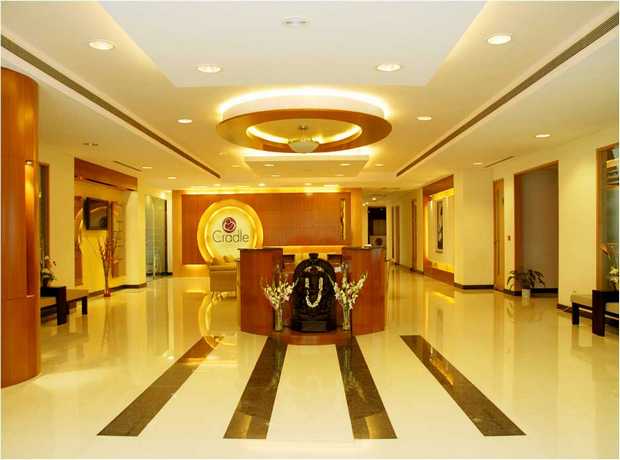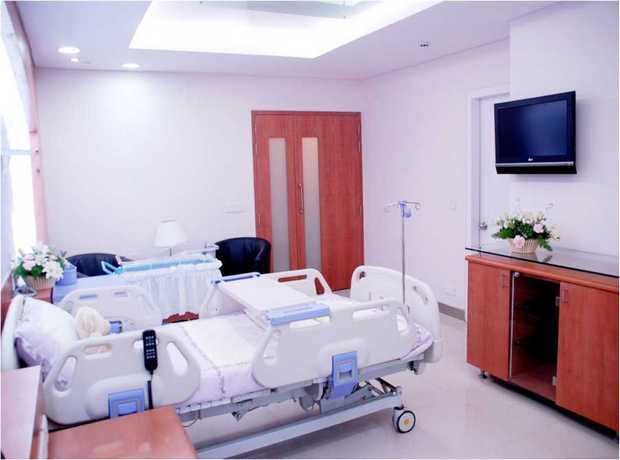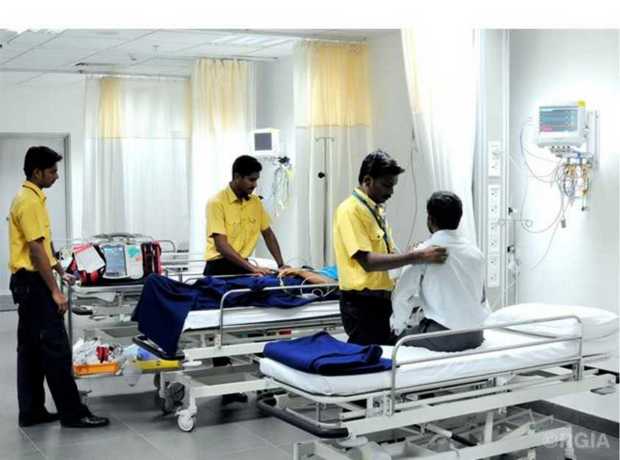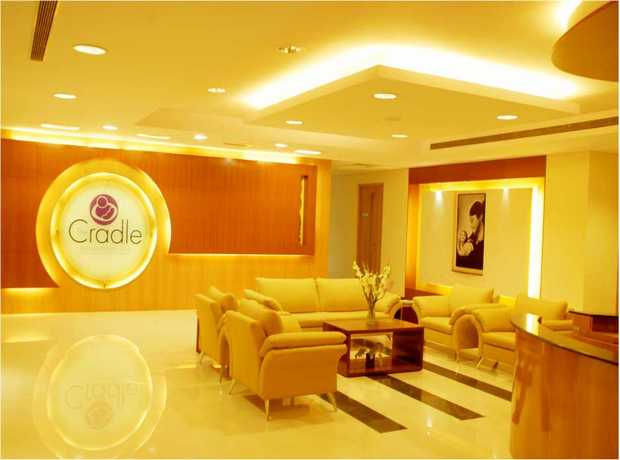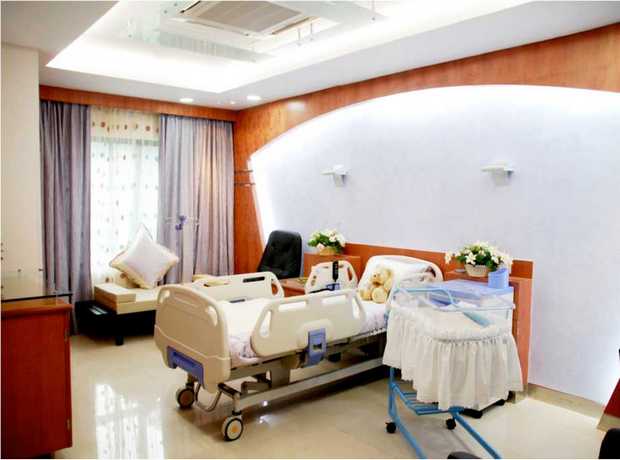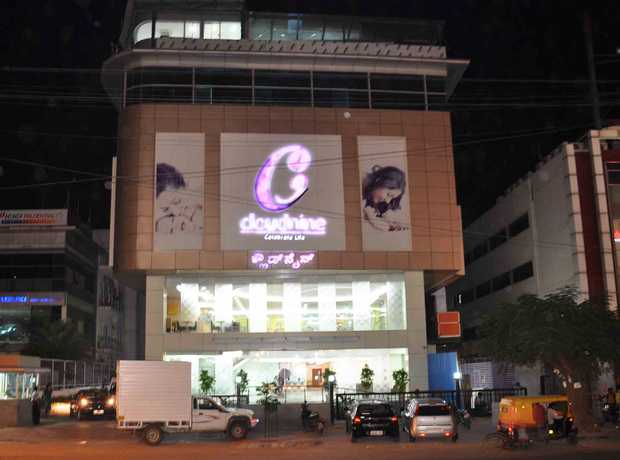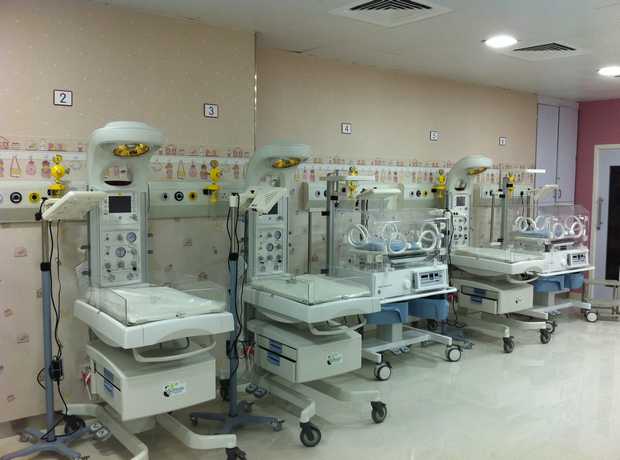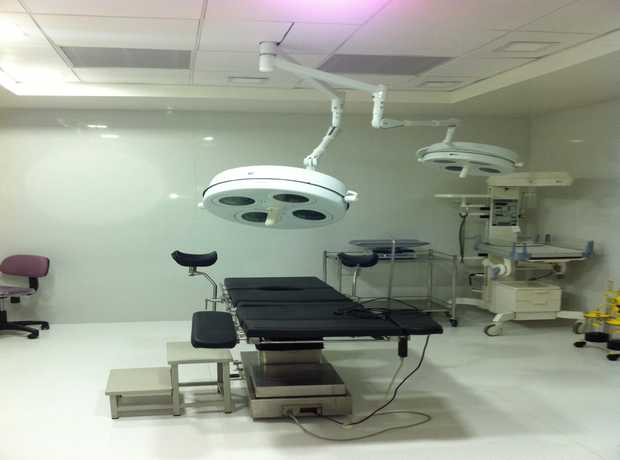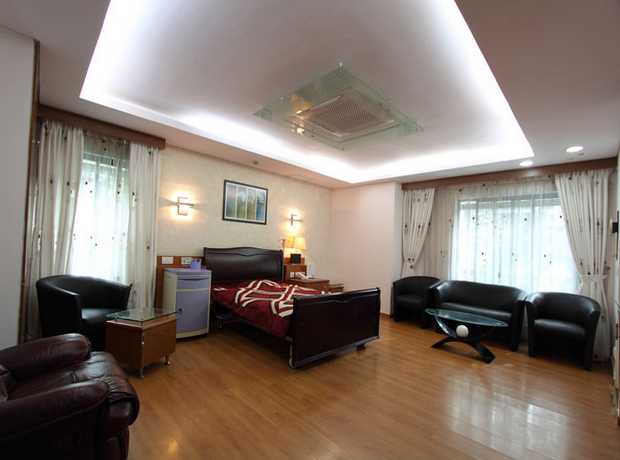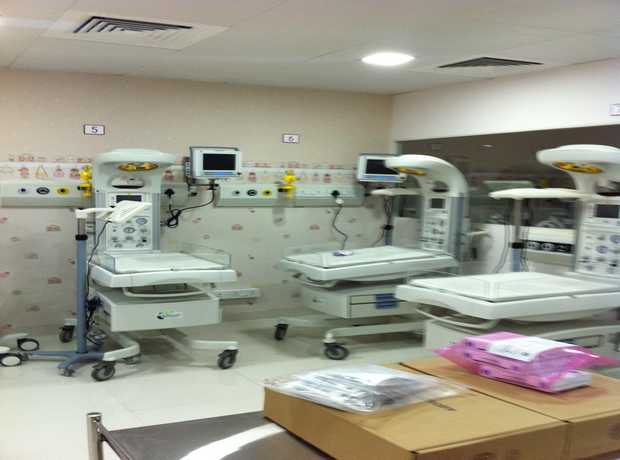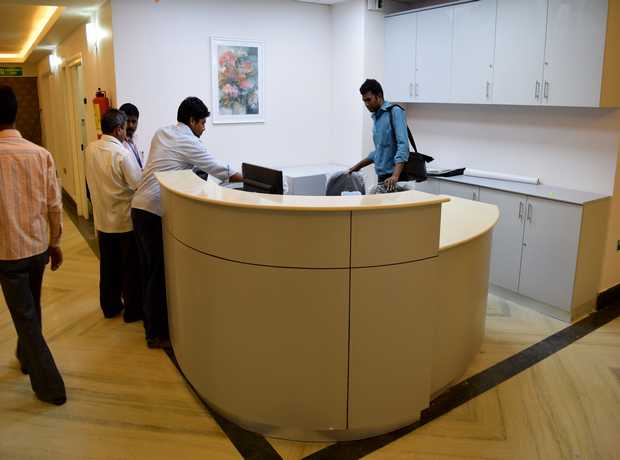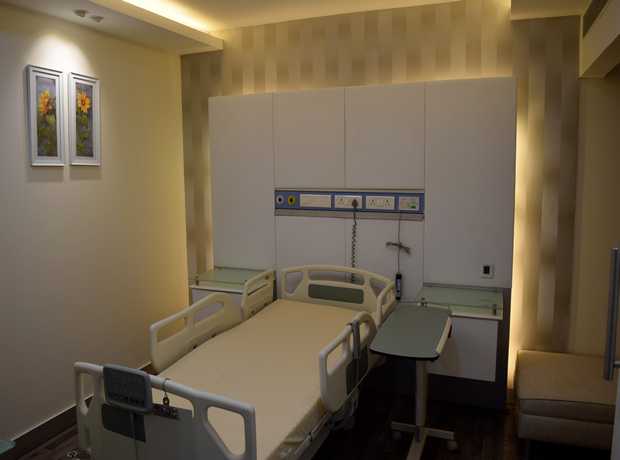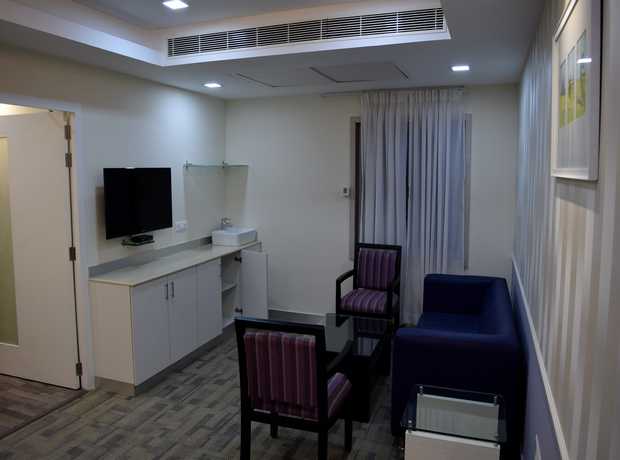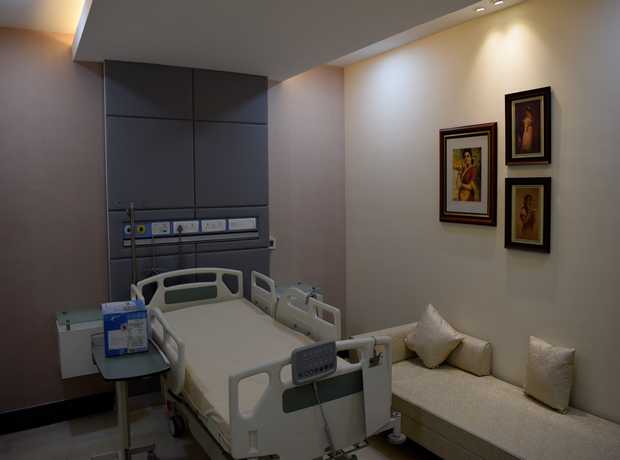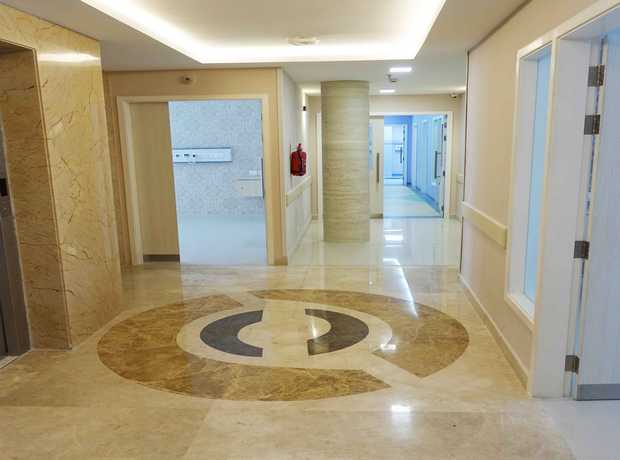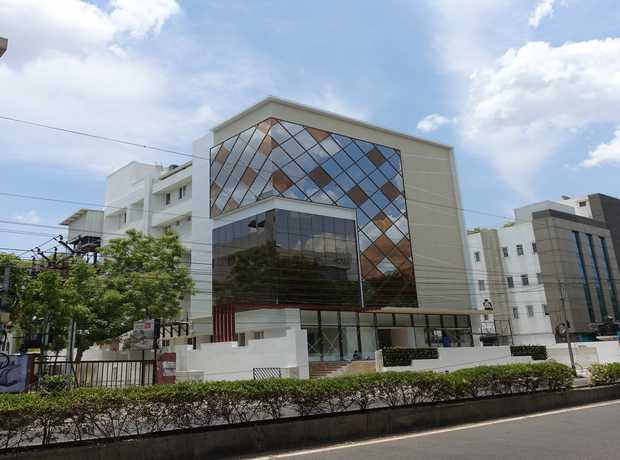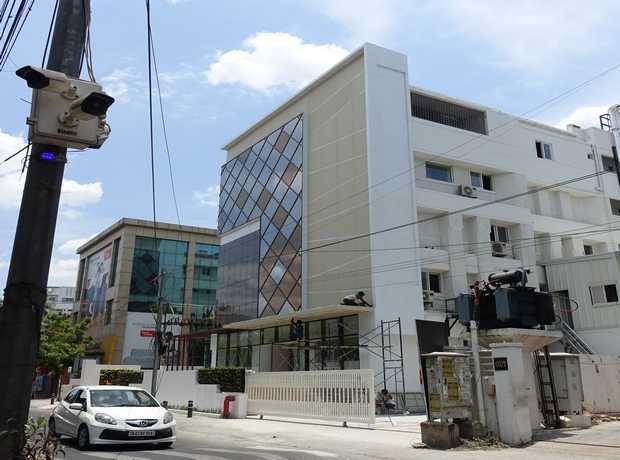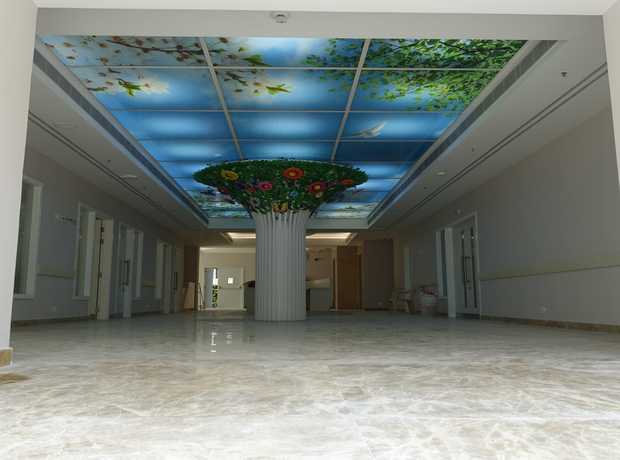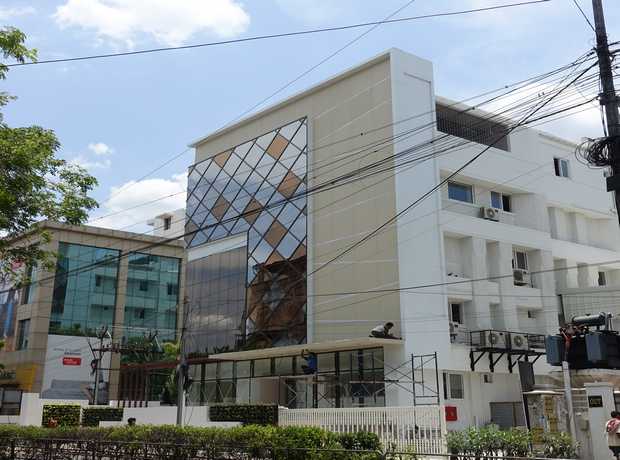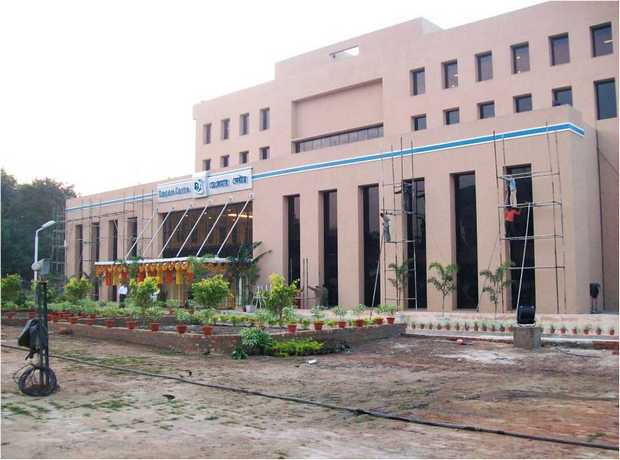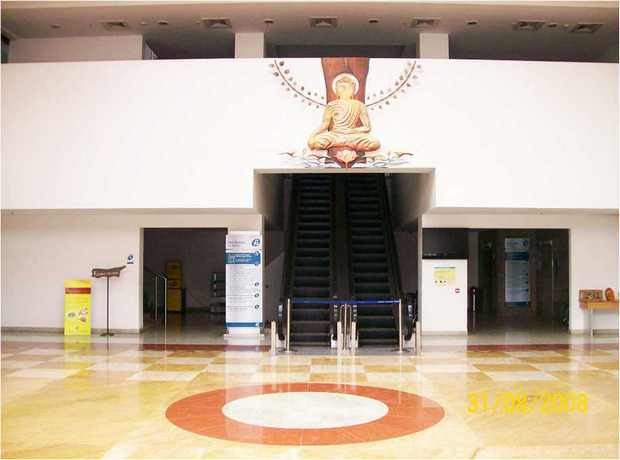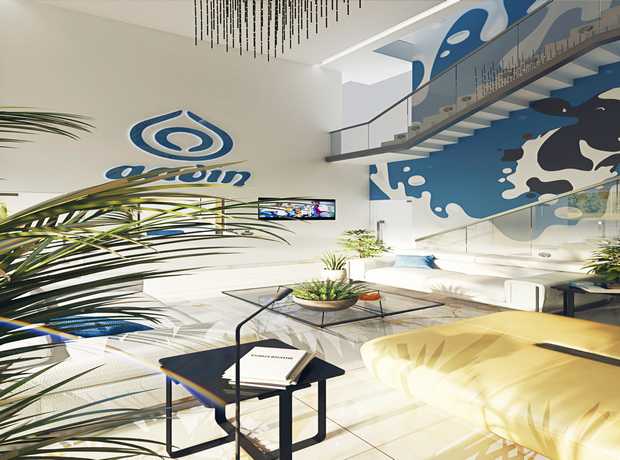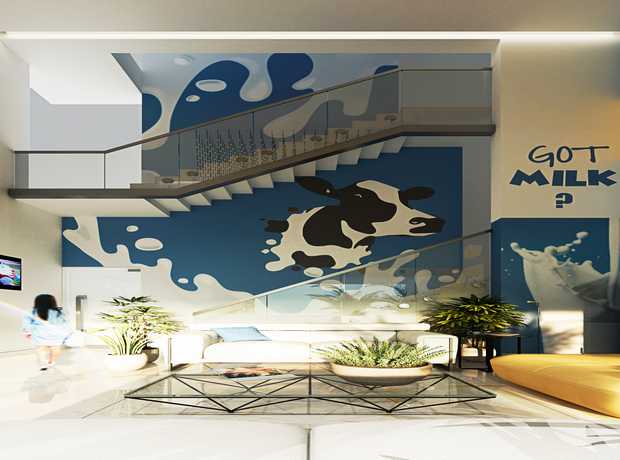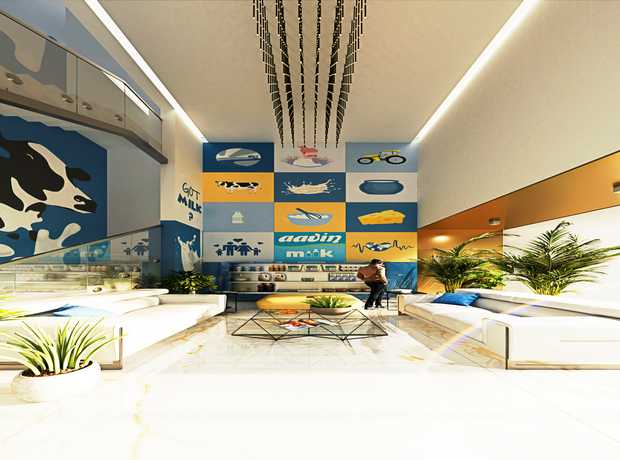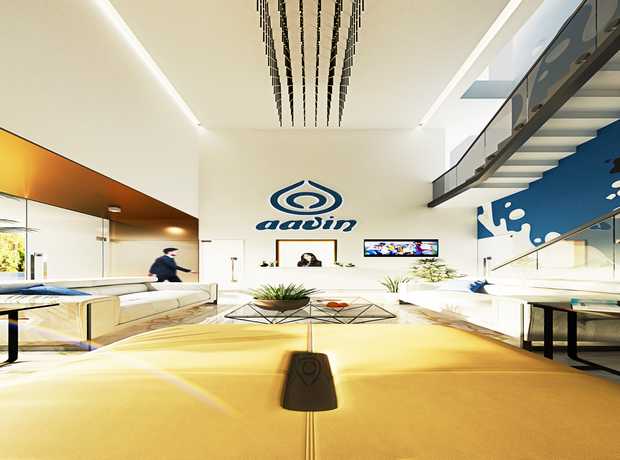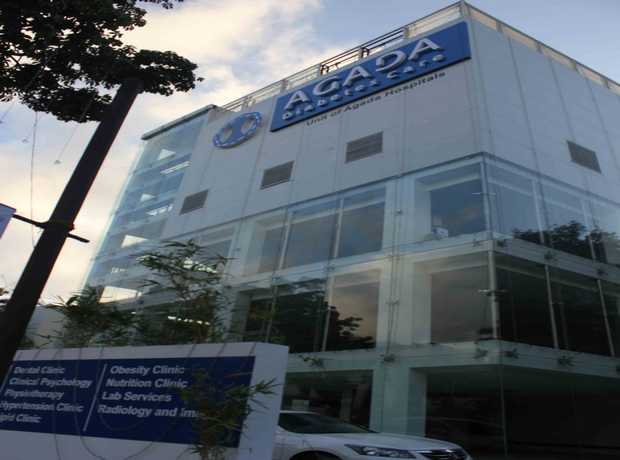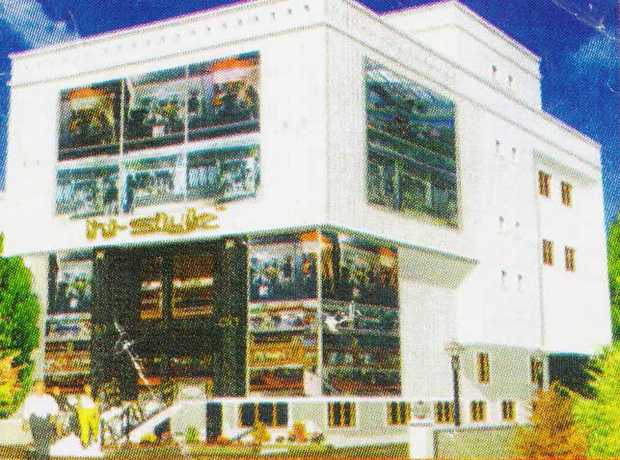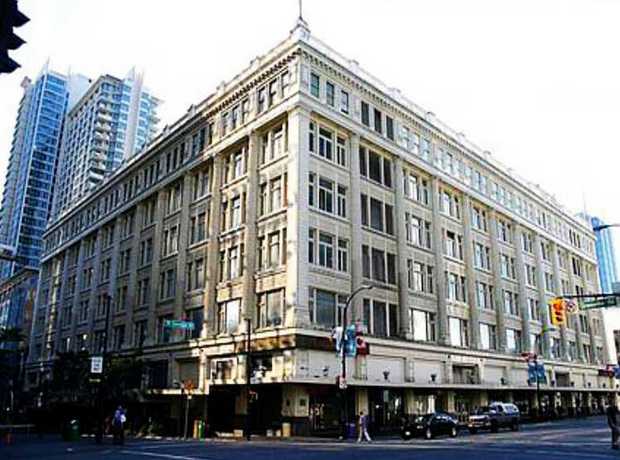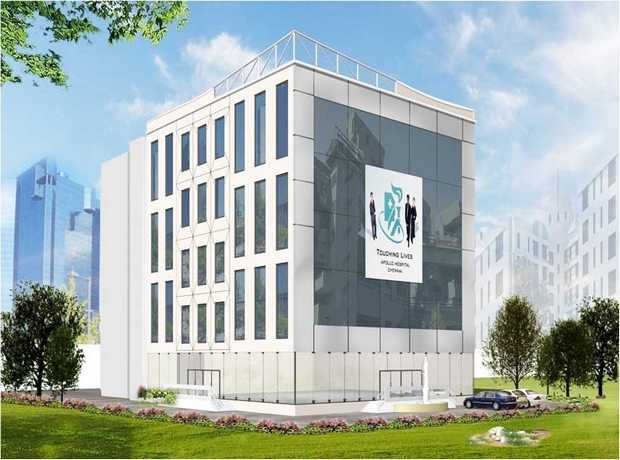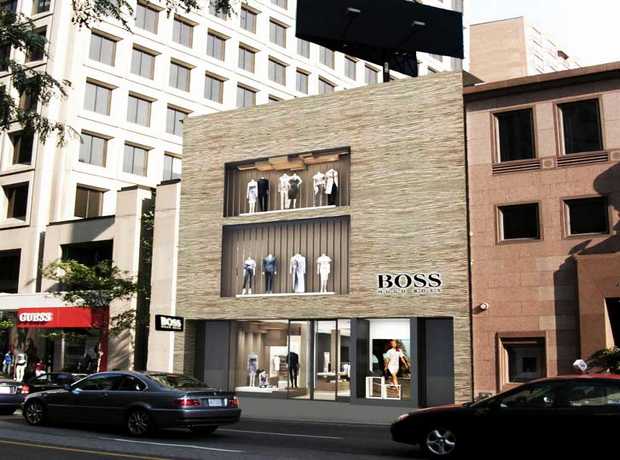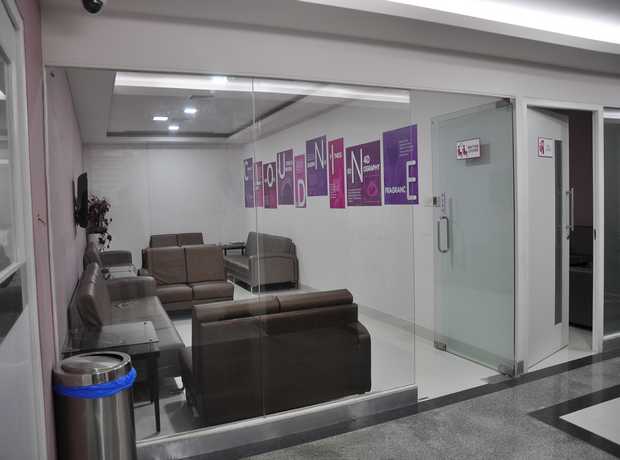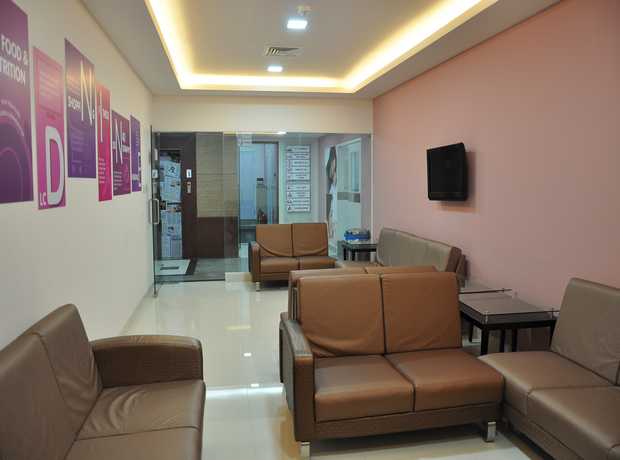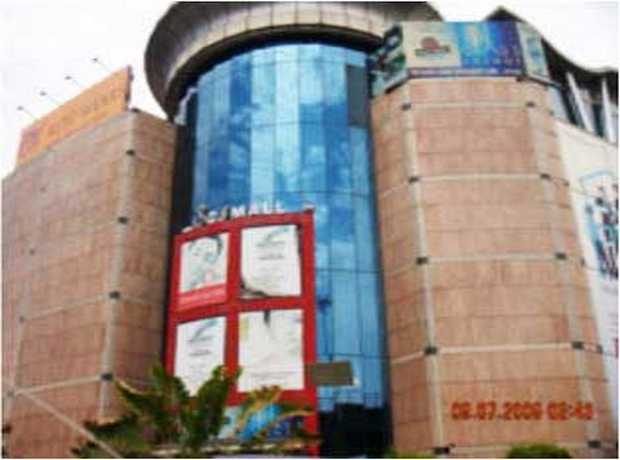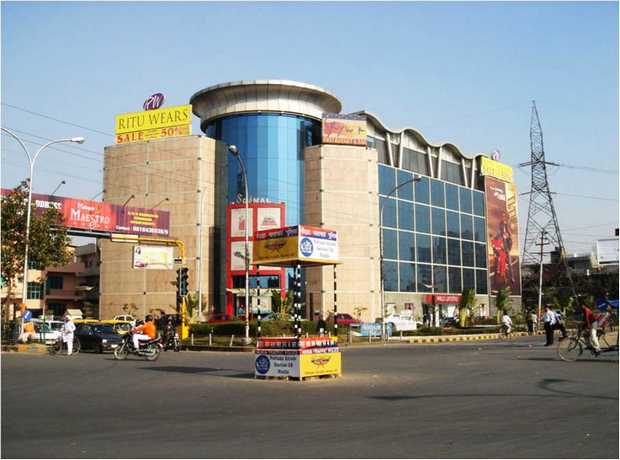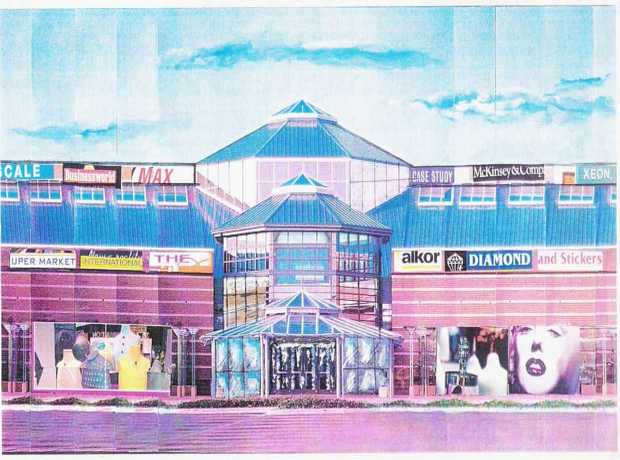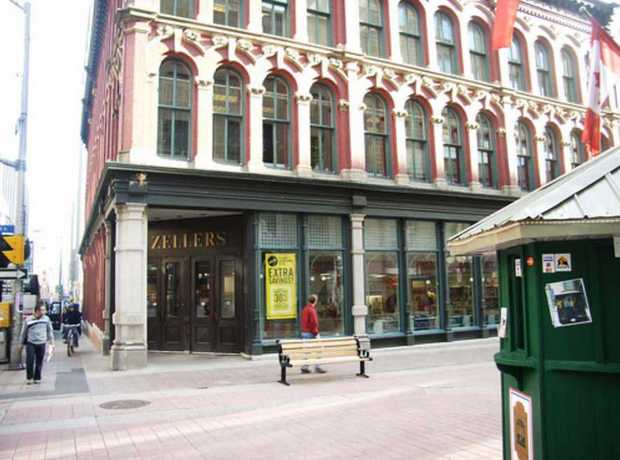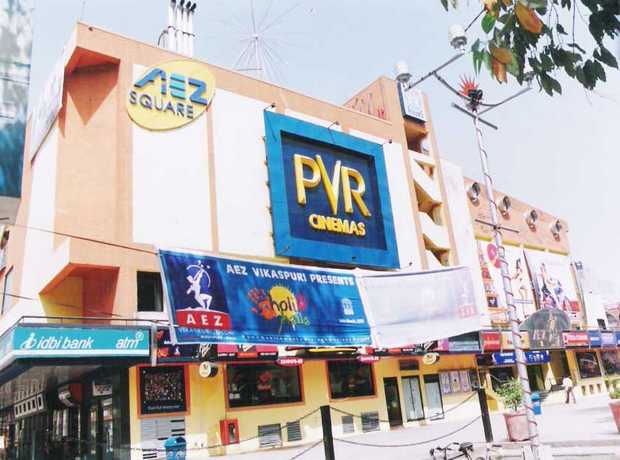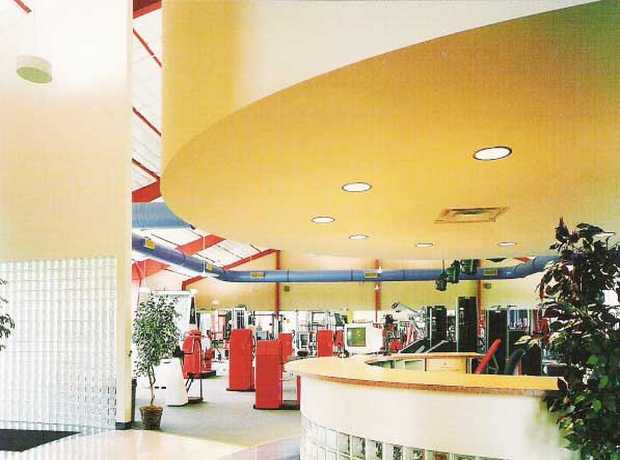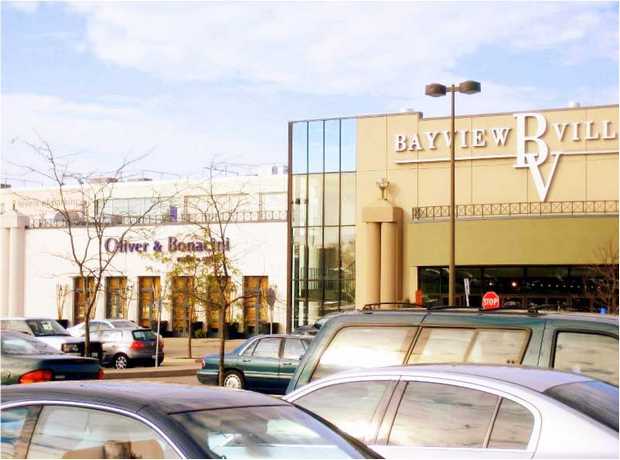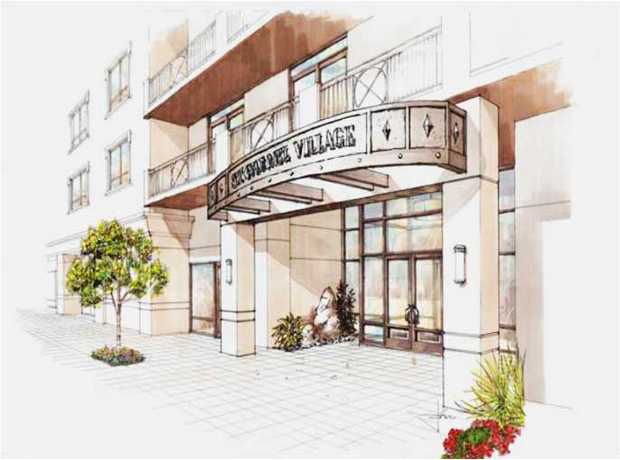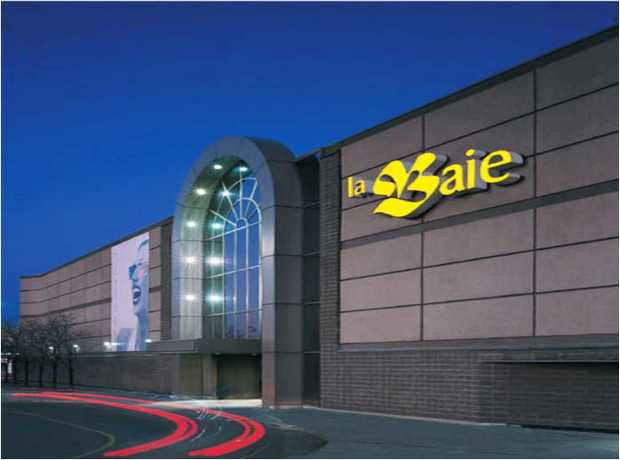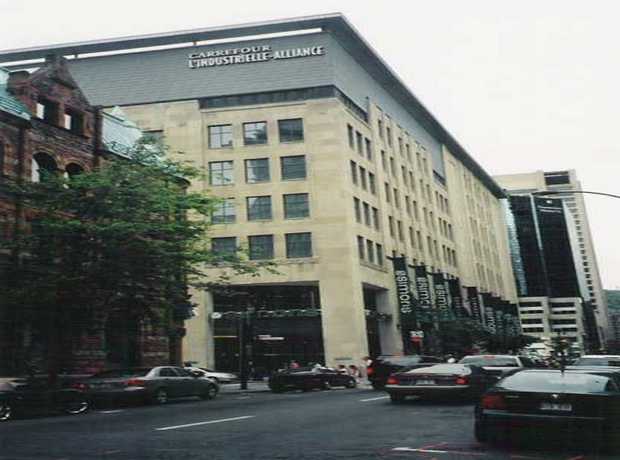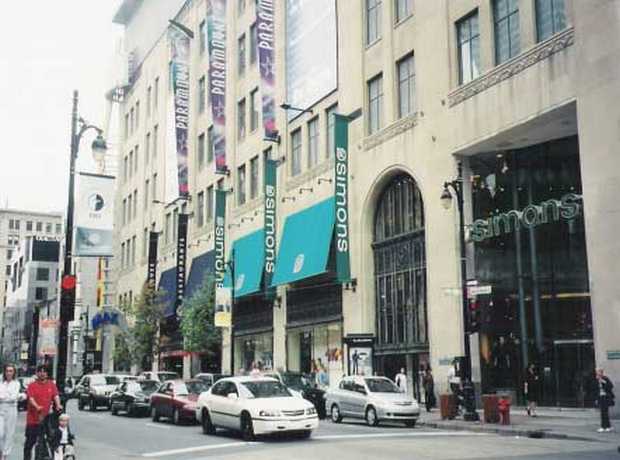Riyadh, the vibrant heart of Saudi Arabia, is experiencing unprecedented growth, driving a surge in demand for world-class infrastructure, particularly in the healthcare sector. As new hospitals emerge and existing ones undergo modernization, the imperative for cutting-edge, yet affordable hospital audio-visual and digital signage setup in Riyadh becomes paramount. These systems are no longer a luxury but a fundamental component of modern patient care, operational efficiency, and effective communication.
However, navigating the complexities of implementing such advanced systems, especially within a stringent budget, requires meticulous planning and expert guidance. This comprehensive guide is designed to equip hospital administrators, facility managers, and IT professionals in Riyadh with the essential knowledge and expert tips to avoid common, costly mistakes and ensure a successful, future-proof AV and digital signage project for 2025 and beyond. By understanding the unique challenges and opportunities within Riyadh’s dynamic healthcare landscape, you can strategically invest in solutions that enhance patient experience, streamline workflows, and ultimately contribute to a healthier community.
Why Affordable Hospital Audio-Visual and Digital Signage is Crucial in Riyadh’s Evolving Healthcare Landscape
As Riyadh accelerates its urban growth and positions itself as a global hub, the demand for high-quality, yet affordable hospital audio-visual and digital signage setup solutions will continue to rise. This isn’t just about aesthetics; it’s about fundamental improvements to how healthcare facilities operate and interact with patients and staff. The push towards Vision 2030, emphasizing digital transformation and enhanced public services, directly impacts the healthcare sector, driving the need for sophisticated, modern systems. An efficient AV and digital signage system offers multifaceted benefits:
- Enhanced Patient Experience and Satisfaction: From intuitive wayfinding that reduces stress and anxiety to engaging educational content in waiting areas and patient rooms, AV systems significantly improve the patient journey. Digital signage can provide real-time updates on waiting times, appointment schedules, and crucial health information in multiple languages, fostering a sense of control and reducing perceived wait times.
- Streamlined Communication: Hospitals are complex environments requiring rapid, clear, and consistent communication. Digital screens can disseminate urgent announcements, staff directives, policy updates, and general information across various departments instantly, eliminating reliance on traditional, slower methods.
- Improved Operational Efficiency: AV solutions can automate queue management, provide interactive directories, and integrate with hospital information systems (HIS) to display relevant data. This reduces staff workload, minimizes errors, and allows healthcare professionals to focus more on patient care.
- Compliance and Safety: In emergencies, integrated AV systems can broadcast alerts, evacuation routes, and safety protocols throughout the facility, ensuring timely and effective responses. They also assist in displaying mandatory health advisories and infection control measures, which is crucial in a post-pandemic world.
- Competitive Advantage: Modern, well-implemented AV and digital signage systems project an image of technological advancement, efficiency, and patient-centric care, differentiating hospitals in Riyadh’s competitive healthcare market.
- Educational and Training Hubs: High-quality AV systems are indispensable for medical training, conferences, telehealth consultations, and continuing medical education, providing clear audio and visual aids for complex procedures and discussions.
By investing strategically, hospitals in Riyadh can not only improve the quality of care and create a more positive environment for patients and staff but also achieve long-term cost savings through optimized operations and reduced manual tasks. The affordability aspect comes from smart planning, selecting the right technology, and partnering with experienced integrators who understand the total cost of ownership rather than just initial purchase price.
Understanding the Riyadh Healthcare Landscape and Its Influence on AV Planning
Riyadh’s healthcare sector is undergoing a profound transformation, influenced by Saudi Vision 2030’s ambitious goals. This involves substantial government investment, increased private sector participation, and a strong emphasis on digital health. When planning your hospital’s AV and digital signage setup, it’s crucial to consider these local dynamics:
- Vision 2030 & Digital Transformation: The Kingdom’s vision prioritizes technology adoption across all sectors, making digital solutions like advanced AV systems a natural fit for modern healthcare facilities aiming to be at the forefront of innovation.
- Rapid Urban Development: The continuous construction of new hospitals and expansion of existing ones means a constant need for new AV installations. This also implies a competitive market for integration services.
- Diverse Patient Demographics: Riyadh is a cosmopolitan city with a diverse population, including Saudi nationals and a large expatriate community. Digital signage content must be multilingual (Arabic, English, and potentially others) and culturally sensitive to be truly effective and inclusive.
- Government Regulations and Standards: Healthcare facilities must adhere to strict local and international regulations, including those set by the Saudi Ministry of Health (MOH) and potentially international bodies like JCI (Joint Commission International). AV systems must support these standards, especially concerning emergency communication and data privacy.
- Focus on Patient-Centric Care: There’s a growing emphasis on creating a healing environment and enhancing the patient journey. AV systems play a direct role in this, from entertainment in waiting rooms to interactive patient education at the bedside.
Recognizing these unique aspects of the Riyadh market allows for a more tailored and effective AV strategy, ensuring that the chosen solutions are not just technologically sound but also culturally appropriate and compliant with local standards.
Common Mistakes to Avoid in Riyadh Hospital AV and Digital Signage Setups
Several pitfalls can undermine the success of your hospital’s AV and digital signage system, leading to budget overruns, operational inefficiencies, and a poor user experience. Awareness is the first step to prevention, especially when operating within Riyadh’s specific market conditions:
- Poor Needs Assessment: Failing to accurately assess the hospital’s specific communication and informational needs in Riyadh is perhaps the most critical mistake. This isn’t just about counting screens; it’s about understanding patient flow, staff communication patterns, departmental requirements (e.g., waiting areas, consultation rooms, operating theaters, ICUs, administrative offices), and future service expansion. Without a thorough assessment, you might invest in redundant features or overlook critical functionalities, leading to an underutilized or ineffective system. For example, a system designed for a small clinic won’t suffice for a multi-specialty hospital with high patient volumes.
- Ignoring Scalability and Future-Proofing: Implementing a system that cannot easily expand or adapt to accommodate future growth and technological advancements in Riyadh is short-sighted. Technology evolves rapidly. A non-scalable system might become obsolete within a few years, requiring costly rip-and-replace upgrades. Consider future additions like new wings, specialized departments, or integration with emerging healthcare technologies like telemedicine or AI-driven patient interactions.
- Underestimating Total Cost of Ownership (TCO): Overlooking the ongoing costs of maintenance, support, content creation and updates, software licenses, energy consumption, and potential repairs specific to Riyadh’s technological landscape can severely impact your long-term budget. The initial purchase price is only one part of the equation. Factors like local labor costs for technicians, availability of spare parts, and the need for specialized training for content managers must be factored in.
- Compromising on Quality for Initial Savings: Choosing cheap, unreliable equipment that will require frequent repairs or replacement seems like an immediate saving but inevitably leads to higher TCO. Low-quality displays might have poor visibility, fail prematurely, or lack the robust features required for a 24/7 hospital environment. This results in frustrated staff, negative patient experiences, and continuous expenditure on troubleshooting and replacement. Reliable, medical-grade equipment is an investment in stability and performance.
- Lack of Integration: Failing to integrate the AV system with existing hospital systems, such as patient management (HIS), emergency notification, building management (BMS), EMR (Electronic Medical Records), and PACS (Picture Archiving and Communication Systems), severely limits its potential. A siloed AV system can’t deliver real-time information, automate processes, or provide a unified communication platform, missing out on significant efficiency gains.
- Inadequate Content Strategy: Installing screens without a clear, dynamic content management plan means static, outdated, or irrelevant information, rendering the entire system useless. Content needs to be engaging, regularly updated, culturally appropriate, and targeted to specific audiences and locations within the hospital. This includes multilingual support for Riyadh’s diverse population.
- Neglecting Cybersecurity: Connecting digital signage and AV systems to the hospital network without robust cybersecurity measures can create vulnerabilities, risking patient data breaches or system compromise. Protecting sensitive information and ensuring network integrity is paramount in healthcare.
- Poor Ergonomics and Placement: Improper placement of displays, speakers, or control interfaces can lead to poor visibility, ineffective audio, or difficult access for staff. This impacts both patient experience and staff efficiency. Consider viewing angles, glare, ambient lighting, and accessibility for maintenance.
By proactively addressing these common pitfalls, hospitals in Riyadh can lay a strong foundation for an AV and digital signage system that is not only affordable initially but also sustainable, effective, and future-ready.
Expert Tips for a Successful, Affordable Hospital Audio-Visual and Digital Signage Setup in Riyadh for 2025
Implementing an effective and affordable system requires a strategic, holistic approach. Here are expert tips tailored for the Riyadh market, ensuring your investment delivers maximum value and operational excellence:
1. Conduct a Thorough Needs Assessment and Clinical Planning
Before investing in any equipment, conduct a comprehensive assessment of your hospital’s specific needs. This involves more than just a walk-through; it requires deep engagement with various stakeholders. Consider the unique requirements of different departments:
- Patient Rooms: What information is critical for patient education? What entertainment options are desired? How can bedside screens integrate with nurse call systems or personalized care plans? Consider interactive patient systems (IPS) for meal ordering, discharge instructions, and telehealth calls.
- Waiting Areas: What is the average wait time? What content can reduce perceived waiting? (e.g., health tips, hospital services, news, entertainment). Is multilingual content crucial? How can wayfinding be integrated?
- Operating Theaters (OT Design): AV systems here are critical for surgical visualization, remote consultation, training, and integration with medical imaging (PACS). High-definition displays, sterile-compatible equipment, and reliable streaming capabilities are essential.
- Intensive Care Units (ICU Layout): AV can support remote monitoring, family communication (e.g., video calls), and provide calming visuals or sounds. The focus here is on non-intrusive, reliable systems that support critical care.
- Consultation Rooms: Displays for explaining diagnoses, showing medical images, and telehealth consultations.
- Conference Rooms & Training Centers: High-quality video conferencing, presentation systems, and recording capabilities for ongoing medical education and staff meetings.
- Public Areas & Lobbies: Digital directories, welcome messages, real-time announcements, and general hospital information.
Understanding these specific needs will help you determine the right type of display, audio, control systems, and content management software. Thinking about clinical planning and infection control are critical considerations. For example, displays in clinical areas must be easy to clean, possibly with antimicrobial coatings, and designed to minimize dust traps. Involve doctors, nurses, IT staff, facilities managers, and patient experience teams in this assessment to capture a 360-degree view. This initial investment in planning will prevent costly rework down the line and ensure the system truly serves its purpose.
2. Plan for Scalability and Future-Proofing
In Riyadh’s rapidly developing environment, planning for growth is non-negotiable. Choose a system that can easily scale to accommodate future expansion, technological advancements, and evolving hospital services. This means selecting modular equipment and software that can be expanded as needed without requiring a complete overhaul.
- Modular Hardware: Opt for displays and components that can be easily added, upgraded, or reconfigured.
- Network Infrastructure: Ensure your hospital’s network infrastructure (cabling, switches, wireless access points) can support increased data traffic from new AV devices. Consider Power over Ethernet (PoE) for easier installation and reduced cabling costs for certain devices.
- Software Platform: Select a content management system (CMS) and control software that is flexible, cloud-compatible (where appropriate), and supports new features and integrations through updates.
- Open Standards: Prioritize systems that adhere to open industry standards, making future integration with diverse technologies smoother and less proprietary.
Consider the long-term needs of the hospital, including potential new buildings, increased patient capacity, or the introduction of advanced medical specialties. Talk to Riyadh hospital experts about future-proofing your setup, anticipating changes in patient care models and digital health trends for the next 5-10 years. A scalable system protects your initial investment and allows for graceful evolution.
3. Prioritize Quality and Reliability over Cheapest Options
While affordability is paramount, don’t compromise on quality for short-term savings. Investing in reliable, commercial-grade equipment from reputable brands will save you money in the long run by significantly reducing maintenance costs, minimizing downtime, and extending the system’s lifespan. Consumer-grade electronics are simply not designed for the demanding 24/7 operational environment of a hospital.
- Commercial-Grade Displays: Look for displays with extended operational hours ratings (e.g., 16/7 or 24/7), higher brightness, better viewing angles, and robust build quality to withstand constant use and cleaning.
- Medical-Grade Certifications: For clinical areas, consider equipment with medical certifications (e.g., IEC 60601-1) to ensure safety and electromagnetic compatibility.
- Proven Track Records and Warranties: Research brands known for reliability in commercial or healthcare settings. Strong warranties and readily available local service support in Riyadh are crucial.
- Total Cost of Ownership (TCO): Always factor in TCO, which includes installation, energy consumption, maintenance, software licenses, and potential repair/replacement costs over the system’s lifetime. A slightly higher initial investment in quality often translates to a much lower TCO.
Reliable systems ensure continuous operation, critical for patient communication and staff efficiency. Frequent failures lead to frustration, service disruptions, and ultimately, higher costs than initially budgeted.
4. Integrate with Existing Hospital Systems for Seamless Operations
True efficiency comes from integration. Ensure that the AV system seamlessly integrates with your hospital’s existing IT infrastructure and operational systems. This includes, but is not limited to:
- Patient Management Systems (PMS/HIS): Display real-time appointment schedules, patient waiting times, room assignments, and personalized patient information on screens.
- Emergency Notification Systems: In critical situations, the AV system should automatically switch to emergency mode, displaying alerts, evacuation routes, and safety instructions across all screens and possibly overriding audio systems.
- Building Management Systems (BMS): Integration can allow for automated control of lighting, climate, and AV devices, optimizing energy usage and environmental conditions.
- Electronic Medical Records (EMR) / Picture Archiving and Communication Systems (PACS): In clinical settings, AV can facilitate the display of patient charts, X-rays, MRI scans, and other diagnostic images for consultations or surgical procedures.
- Queue Management Systems: Displaying real-time queue numbers and directing patients to appropriate service points.
This integration will streamline communication, automate processes, reduce manual errors, and significantly improve operational efficiency. Work with a system integrator experienced in hospital environments in Riyadh who understands the complexities of healthcare IT and data security protocols (like HIPAA equivalents and local Saudi regulations) to ensure secure and effective integration.
5. Focus on User Experience for Both Patients and Staff
The most technologically advanced system is useless if users can’t operate it or find it frustrating. The system should be intuitive and user-friendly for both staff and patients. Consider factors such as ease of use, accessibility, and clarity of information.
- Intuitive Interfaces: Control panels for staff should be simple and logically laid out. Interactive patient systems should be easy for diverse patient populations (including elderly or non-tech-savvy individuals) to navigate.
- Accessibility: Ensure content is legible, screens are at appropriate heights, and audio announcements are clear. Consider features like adjustable font sizes and contrast options. Multilingual support is essential for Riyadh’s diverse population.
- Clarity of Information: Content should be concise, easy to understand, and visually appealing. Avoid clutter and jargon.
- Interactive Elements: Consider implementing interactive displays that allow patients to access information, entertainment, hospital services, and even communicate with staff. This empowers patients and reduces strain on staff.
- Staff Training: Provide comprehensive and ongoing training to staff on how to use the system effectively, manage content (if applicable), and troubleshoot minor issues. User adoption is key to maximizing your investment.
A positive user experience translates directly to higher patient satisfaction and increased staff productivity. Engaging content and easy-to-use interfaces contribute to a less stressful and more efficient hospital environment.
6. Develop a Robust Content Management Strategy
Hardware is only half the battle; content is king. Develop a comprehensive content management strategy to ensure that the right information is displayed at the right time, to the right audience, in the right location. This is crucial for maximizing the impact of your digital signage.
- Content Planning: Map out what content goes where. For example, waiting areas might show health tips and news, while patient rooms offer personalized education.
- Templates and Branding: Create standardized templates that align with your hospital’s branding guidelines, ensuring a consistent and professional look. This also streamlines content creation.
- Scheduling and Playlists: Utilize content management software (CMS) to schedule content automatically, creating playlists for different times of day, days of the week, or specific events.
- Real-time Updates: Implement capabilities for immediate content updates, crucial for emergency alerts, real-time waiting times, or sudden changes in schedules.
- Multilingual Content: Given Riyadh’s diverse population, ensure your CMS supports easy creation and deployment of content in multiple languages (especially Arabic and English).
- Content Governance: Establish clear roles and responsibilities for content creation, approval, and publishing. Who is responsible for emergency alerts? Who approves patient education materials?
- Analytics and Monitoring: Use the CMS to monitor content performance, track engagement (if interactive), and ensure displays are operational. This feedback loop helps optimize your content strategy.
A dynamic and relevant content strategy keeps patients informed, educated, and engaged, while also serving critical communication needs for staff. A well-managed system prevents screens from displaying outdated or irrelevant information, which can quickly diminish their value.
7. Partner with a Reputable and Experienced Integrator in Riyadh
Choosing the right partner is perhaps the most critical decision for the success of your project. Select a system integrator with a proven track record of successful hospital AV and digital signage installations in Riyadh. Look for a company with specific experience in healthcare environments and a deep understanding of the unique challenges of implementing AV systems in hospitals, including regulatory compliance, infection control, and integration with complex medical IT systems. Their expertise in value engineering can help achieve affordability without sacrificing quality.
Skydome Designs Pvt Ltd stands out with 29+ years of experience and an in-house team of architects, healthcare planners, and project managers dedicated to delivering on-time, on-budget solutions to global standards. We’ve successfully delivered 1564+ affordable hospital audio‑visual and digital signage setup assignments across Riyadh and globally over 18+ years. Our commitment to 97% on‑time delivery, multi‑disciplinary reviews, and comprehensive post‑occupancy support underpins the exceptional outcomes we consistently achieve. This extensive experience means we understand the nuances of the Riyadh healthcare market, from regulatory requirements to cultural sensitivities, ensuring your project is handled with unmatched professionalism and local insight. Contact us today at +91 7299072144 or info@skydomedesigns.com to discuss your project and leverage our unparalleled expertise for your affordable hospital audio-visual and digital signage setup in Riyadh.
8. Emphasize Comprehensive Post-Installation Support and Maintenance
The project doesn’t end with installation. After installation, ensure comprehensive support and maintenance are available. This is crucial for the longevity and continued effectiveness of your AV and digital signage system. Negotiate clear Service Level Agreements (SLAs) with your integrator.
- Staff Training: Beyond initial training, plan for refresher courses, training for new hires, and advanced training for key personnel who will manage the system.
- Troubleshooting and Technical Support: Ensure rapid response times for technical issues. Remote support capabilities can resolve many issues quickly and cost-effectively.
- Preventative Maintenance: Schedule regular inspections, cleaning, software updates, and hardware checks to prevent potential problems and extend the life of the system. This proactive approach minimizes downtime.
- Software Updates: Ensure the content management software and system firmware are regularly updated for security, performance, and new features.
- Spare Parts Management: Discuss the availability of spare parts locally in Riyadh and the typical turnaround time for repairs or replacements.
Regular maintenance and readily available support will help prevent potential problems, ensure optimal performance, and extend the life of the system, protecting your investment and ensuring continuous, reliable operation.
Key Technologies in Modern Hospital AV & Digital Signage for Riyadh
Modern hospital AV and digital signage systems integrate a variety of technologies to create dynamic and efficient communication platforms. For hospitals in Riyadh, leveraging these technologies smartly can provide a competitive edge:
- High-Definition & 4K Displays: Essential for crisp, clear visuals, especially for medical imaging or detailed patient education content. Commercial-grade displays are built for 24/7 operation and higher brightness.
- Interactive Touchscreens and Kiosks: Empower patients with self-service options like wayfinding, checking in, accessing medical information, or providing feedback. These also reduce staff workload and improve patient engagement.
- Video Walls: For large public spaces or command centers, video walls create a powerful visual impact, capable of displaying diverse content simultaneously or a single, expansive image.
- Digital Wayfinding Systems: Interactive maps and directional signage help patients and visitors navigate complex hospital layouts, reducing stress and easing staff workload. These can be integrated with mobile apps.
- Queue Management Systems: Displaying real-time queue information helps manage patient flow, reduces perceived wait times, and directs patients efficiently to various departments.
- Room Scheduling Displays: Outside meeting rooms, consultation rooms, or operating theaters, these displays show current occupancy, upcoming schedules, and room availability.
- IPTV Systems: Deliver entertainment, educational content, and personalized messages directly to patient bedside screens, often integrated with the HIS for tailored information.
- Telehealth & Telemedicine Solutions: Integrated AV systems in consultation rooms and specialized carts facilitate remote consultations, specialist opinions, and virtual follow-ups, expanding access to care.
- Content Management Systems (CMS): The backbone of digital signage, a robust CMS allows for centralized content creation, scheduling, deployment, and monitoring across all screens.
- Audio Systems: Paging systems for announcements, background music in waiting areas, and high-fidelity audio for conference rooms and training facilities.
- Internet of Things (IoT) Integration: Future-proof systems can integrate with IoT sensors for smart climate control, occupancy detection, or even automated content triggering based on environmental factors.
- Artificial Intelligence (AI) for Content: AI can personalize content delivery based on patient profiles, optimize content schedules, or even analyze patient engagement with interactive displays.
Strategic selection and integration of these technologies are key to creating a comprehensive and future-ready affordable hospital audio-visual and digital signage setup in Riyadh.
The Role of AV in Patient Engagement, Education, and Wellness
Beyond simple information display, AV and digital signage are powerful tools for transforming the patient experience, fostering engagement, and promoting wellness within Riyadh hospitals:
- Reducing Patient Anxiety: Clear wayfinding, calming visuals, and entertainment in waiting areas can significantly reduce patient and visitor stress. Displaying waiting times and expected next steps can alleviate uncertainty.
- Empowering Patients through Education: Digital screens in waiting areas, lobbies, and patient rooms can deliver crucial health education materials. This includes information on specific conditions, treatment options, preventive care, and healthy lifestyle choices. Animated videos and infographics can make complex medical information more accessible.
- Personalized Information Delivery: Integrated with HIS, bedside patient screens can offer personalized content such as daily schedules, medication reminders, discharge instructions, and access to specific educational videos related to their condition.
- Interactive Engagement: Touchscreen kiosks can allow patients to explore information at their own pace, answer health questionnaires, register for events, or provide immediate feedback on their experience, giving them a voice and a sense of control.
- Promoting Health and Wellness Programs: Digital signage can advertise hospital-sponsored wellness programs, health screenings, community events, and support groups, extending the hospital’s role beyond acute care.
- Multilingual Support: Crucial for Riyadh, digital signage ensures that vital health information is available in multiple languages, overcoming language barriers and ensuring equitable access to information for all patients.
- Entertainment and Distraction Therapy: In pediatric wards or areas with long wait times, screens can provide engaging and age-appropriate entertainment, serving as a distraction therapy that can improve patient morale.
By leveraging AV systems for these purposes, hospitals can shift from a purely transactional model to one that actively engages, educates, and supports patients throughout their healthcare journey, fostering better health outcomes and higher satisfaction.
Enhancing Operational Efficiency and Staff Communication with AV Systems
The benefits of AV and digital signage extend significantly to hospital staff, streamlining operations and improving internal communications:
- Real-time Internal Announcements: Digital screens in staff lounges, break rooms, and administrative areas can display urgent announcements, policy updates, meeting schedules, and internal news instantly, ensuring all staff are informed.
- Streamlining Training and Continuing Education: High-quality AV systems in training rooms facilitate engaging presentations, video conferencing for remote learning, and access to a library of on-demand educational content for medical professionals. This is critical for maintaining high standards of care.
- Emergency Response Coordination: Integrated AV systems can immediately broadcast emergency codes, evacuation procedures, and incident-specific instructions across the entire facility, aiding in rapid and coordinated staff response.
- Meeting Room Efficiency: Room scheduling displays outside conference rooms prevent double bookings and show room availability. In-room AV systems (projectors, displays, video conferencing) ensure meetings start on time and are productive, even with remote participants.
- Operational Dashboards: In command centers or departmental offices, large displays can show real-time operational data – bed occupancy, patient flow, wait times, staff assignments – enabling better resource allocation and decision-making.
- Inter-Departmental Communication: Video conferencing capabilities can connect different departments or even different hospital branches, facilitating collaboration and consultation without physical travel.
- Visitor Management and Security: Displays at entry points can guide visitors, verify appointments, and integrate with security systems for enhanced access control.
Investing in these systems frees up staff from manual communication tasks, reduces the potential for miscommunication, and provides tools that enhance productivity and job satisfaction, ultimately contributing to a more efficient and responsive healthcare facility in Riyadh.
Budgeting and ROI for Hospital AV Systems in Riyadh
Achieving an affordable hospital audio-visual and digital signage setup in Riyadh involves more than just finding the lowest price; it requires strategic budgeting and a clear understanding of the return on investment (ROI).
Components of Cost:
- Hardware: Displays (commercial vs. medical-grade), media players, control systems, speakers, cabling, mounts. Quality directly impacts price.
- Software: Content Management System (CMS) licenses, control software, integration modules. Often subscription-based.
- Installation: Labor costs for mounting, cabling, configuration, integration with existing systems. Highly dependent on complexity and hospital operational hours (often requiring off-peak work).
- Content Creation: Initial design of templates, creation of static and dynamic content, multilingual translation.
- Integration: Costs associated with connecting to HIS, BMS, emergency systems, etc. This can be complex and requires specialized expertise.
- Maintenance and Support: Service contracts (SLAs), preventative maintenance, software updates, technical support.
- Training: Initial and ongoing training for staff to use and manage the system effectively.
- Contingency: Always budget for unexpected issues or changes (typically 10-15% of total project cost).
Achieving Affordability:
- Prioritize Needs: Focus on critical areas and functionalities first. You don’t need every feature on day one.
- Value Engineering: Work with your integrator (like Skydome Designs) to identify alternative solutions or phased implementations that deliver core functionality at a lower cost without compromising quality.
- Phased Implementation: Roll out the system in stages, starting with high-impact areas, allowing for budget spreading and learning.
- Open Standards & Non-Proprietary Solutions: Avoid vendor lock-in, which can lead to higher long-term costs.
- Energy Efficiency: Choose energy-efficient displays and components to reduce operational costs over time.
Calculating ROI:
ROI for AV systems is often qualitative, but quantifiable benefits can be identified:
- Increased Patient Satisfaction: Higher HCAHPS scores (or similar local metrics) can lead to improved reputation and patient volume.
- Reduced Staff Workload: Automated wayfinding, queue management, and internal communications free up staff time for direct patient care, translating to potential cost savings or increased capacity.
- Reduced Perceived Wait Times: Engaging content can make waits feel shorter, improving patient experience without requiring more staff.
- Improved Communication in Emergencies: Timely alerts can prevent serious incidents, saving potential costs related to liability or extensive damage.
- Enhanced Training Efficiency: Better AV for training means more effective learning and potentially reduced travel costs for external training.
- Energy Savings: Through integration with BMS and smart scheduling.
A detailed cost-benefit analysis conducted early in the planning phase, with input from a seasoned integrator, will provide a clear picture of the investment and its expected returns for your Riyadh hospital.
Compliance and Standards in Riyadh Hospital AV Setup
Operating a healthcare facility in Riyadh requires strict adherence to various local and international compliance standards. Your affordable hospital audio-visual and digital signage setup in Riyadh must be designed and implemented with these regulations in mind to ensure safety, data privacy, and operational integrity.
- Saudi Ministry of Health (MOH) Regulations: The primary regulatory body, the MOH, sets standards for hospital construction, equipment, and operations. AV systems must comply with MOH guidelines, especially concerning emergency communication, patient privacy, and electrical safety.
- Joint Commission International (JCI) Accreditation: Many leading hospitals in Riyadh seek JCI accreditation, which involves stringent standards for patient safety, quality of care, and facility management. AV systems, particularly those related to emergency alerts, patient education, and communication, must support JCI requirements.
- Building Codes and Safety Standards: All AV installations must comply with local Riyadh building codes and fire safety regulations. This includes proper cable management, ventilation for equipment, and fire-resistant materials.
- Data Privacy and Security: While Saudi Arabia doesn’t have a direct equivalent to HIPAA, robust data privacy laws exist, and patient confidentiality is paramount. Any AV system integrated with HIS, EMR, or personal patient information must have strong cybersecurity protocols to prevent unauthorized access or breaches. This includes network segmentation, encryption, and access controls.
- Infection Control Standards: In clinical areas, displays and interactive devices must be easy to clean and sanitize. Consider antimicrobial coatings for touchscreens and ensure equipment design minimizes crevices where pathogens could accumulate.
- Accessibility Standards: Ensure AV content and interactive elements are accessible to individuals with disabilities, including clear visuals, adequate audio levels, and accessible screen heights for wheelchair users.
Partnering with an integrator like Skydome Designs, who possesses a deep understanding of these local and international compliance requirements, is vital to avoid potential penalties, ensure patient safety, and maintain your hospital’s accreditation and reputation in Riyadh.
Future Trends in Healthcare AV and Digital Signage for 2025 and Beyond
The healthcare technology landscape is constantly evolving. For hospitals in Riyadh aiming for a future-proof affordable hospital audio-visual and digital signage setup, understanding emerging trends is key:
- Hyper-Personalized Content Delivery: Leveraging AI and patient data (securely) to deliver ultra-relevant content to individual patients at the bedside or through interactive kiosks. Imagine content that adapts to a patient’s language preference, medical condition, and even mood.
- Voice and Gesture Control: Moving towards touchless interactions for hygiene and convenience, especially in clinical environments. Voice commands for navigating digital signage or controlling room AV systems will become more prevalent.
- Virtual Reality (VR) and Augmented Reality (AR) for Patient Education and Therapy: VR can be used for pre-surgical preparation, anxiety reduction, or even pain distraction. AR overlays information on real-world views, potentially for wayfinding or staff training.
- Integration with Smart Hospital Ecosystems: AV systems will become deeply embedded in the broader IoT-enabled smart hospital, communicating with smart beds, environmental controls, and even predictive maintenance systems.
- Biometric Authentication for Access: Securely allowing staff access to sensitive information on displays or control panels via facial recognition or fingerprint scanning.
- Advanced Analytics on Content Engagement: AI-powered analytics will provide deeper insights into how patients interact with digital content, allowing hospitals to continually optimize their communication strategies.
- Energy-Efficient and Sustainable Solutions: A continued push towards greener technology, including displays with lower power consumption and manufacturers with robust recycling and sustainability programs.
- 5G Connectivity: The rollout of 5G networks in Riyadh will enable faster, more reliable streaming of high-bandwidth medical imaging, telehealth consultations, and dynamic content without lag.
Staying abreast of these trends and planning for their eventual integration ensures that your hospital remains at the forefront of healthcare innovation, delivering cutting-edge services to the Riyadh community.
Environmental and Sustainability Considerations in Hospital AV Design
In line with global environmental responsibility and Saudi Arabia’s commitment to sustainability (as part of Vision 2030), designing an affordable hospital audio-visual and digital signage setup in Riyadh must also incorporate green practices.
- Energy Efficiency:
- LED Backlighting: Choose displays with LED backlighting, which consumes significantly less power than older CCFL technologies.
- Automatic Brightness Sensors: Displays with ambient light sensors adjust brightness automatically, saving energy.
- Scheduling: Implement intelligent scheduling through the CMS to turn off screens during non-operational hours or periods of low traffic.
- Power Management: Utilize smart power strips or AV control systems that can power down inactive equipment.
- Material Selection and Lifespan:
- Durable Equipment: Invest in high-quality, commercial-grade equipment designed for longevity, reducing the frequency of replacement and associated waste.
- Recyclable Materials: Prioritize products from manufacturers that use recyclable materials and have established end-of-life recycling programs for their electronics.
- Modular Design: Modular components allow for easier upgrades and repairs of individual parts rather than replacing entire systems.
- Reduced Waste:
- Paperless Communication: Digital signage inherently reduces the need for printed posters and flyers, significantly cutting down on paper waste.
- Remote Management: Reduce technician travel by implementing systems that allow for remote diagnostics and troubleshooting.
- Vendor Responsibility:
- Partner with integrators and manufacturers who demonstrate a commitment to environmental responsibility through their supply chains, manufacturing processes, and product lifecycles.
Incorporating sustainability into AV design not only contributes to a healthier planet but can also lead to long-term operational cost savings through reduced energy consumption and waste management, aligning perfectly with the goal of an affordable and responsible hospital AV setup.
Why Choose Skydome Designs for Your Riyadh Hospital AV Project?
Skydome Designs offers a comprehensive and unparalleled approach to hospital interior design and AV integration, making us the ideal partner for your Riyadh hospital project. Our commitment extends beyond mere installation; we provide end-to-end solutions rooted in deep industry knowledge and local understanding.
- 29+ Years of Experience: With nearly three decades of experience across India and abroad, including numerous successful projects in the Middle East, our expertise is proven and expansive.
- In-house Multidisciplinary Team: Our strength lies in our integrated in-house team of architects, healthcare planners, and project managers. This unique structure ensures seamless coordination, holistic design, and efficient execution from concept to completion.
- Award-Winning, Client-Focused, and Sustainable Designs: We are recognized for our innovative, award-winning designs that are not only aesthetically pleasing but also highly functional, patient-centric, and environmentally sustainable, tailored to the specific needs of each client.
- Proven Global Standards with Local Expertise: Our projects are delivered on-time, on-budget, and to the highest global standards, while crucially maintaining a keen understanding of local Riyadh regulations, cultural nuances, and market conditions.
Our award‑winning team ensures transparent costs and milestone‑based reporting, vital for effective project management in Riyadh. We utilize cutting-edge methodologies such as BIM‑led coordination, which optimizes design and construction processes, minimizing errors and delays. Our commitment to value engineering ensures that you receive the most efficient and cost-effective solutions without compromising quality or functionality. Furthermore, stringent quality control measures are meticulously tailored specifically to the unique needs of Riyadh hospitals, addressing everything from infection control to robust operational demands. This comprehensive approach guarantees a superior outcome for your affordable hospital audio-visual and digital signage setup in Riyadh.
FAQ: Affordable Hospital Audio-Visual and Digital Signage Setup in Riyadh
Here are some frequently asked questions about setting up affordable hospital AV and digital signage systems in Riyadh, providing quick insights into common concerns:
What are the key considerations for hospital digital signage in Riyadh?
Key considerations include ensuring content relevance for patients and staff, supporting multiple languages (Arabic and English primarily), complying with local MOH regulations and JCI standards, and choosing durable, easy-to-clean hardware suited for high-traffic, sensitive healthcare environments. Cultural appropriateness of content is also paramount.
How can I reduce the cost of hospital audio-visual setup in Riyadh without compromising quality?
Reduce costs by conducting a thorough needs assessment to avoid unnecessary features, choosing energy-efficient commercial-grade equipment with a lower total cost of ownership (TCO), opting for a phased implementation, leveraging cloud-based CMS solutions, and negotiating long-term service contracts with reputable integrators like Skydome Designs who can offer value engineering.
What type of content is most effective for hospital digital signage in Riyadh?
Effective content includes intuitive wayfinding information, real-time waiting times, health and wellness tips, patient education materials (e.g., specific conditions, preventive care), hospital services information, urgent announcements (e.g., emergencies, clinic closures), and culturally sensitive news or entertainment. Content should be dynamic, visually appealing, and regularly updated.
How often should hospital digital signage content be updated in Riyadh?
Content should be updated regularly to maintain relevance and engagement. Important information, such as emergency announcements or health alerts, should be updated immediately. General information (e.g., health tips, hospital services) should be reviewed and refreshed weekly or monthly, while scheduled content (e.g., daily menus, event listings) should follow its specific schedule. A robust content management strategy is key.
What are the best practices for infection control with digital signage in Riyadh hospitals?
Choose displays with antimicrobial coatings, establish regular cleaning protocols using hospital-approved disinfectants, and consider touchless interaction options (e.g., QR codes, voice control, gesture control) to minimize the spread of germs. Ensure equipment design avoids crevices that can harbor bacteria and is rated for frequent cleaning. Proper installation also minimizes dust accumulation.
How important is multilingual support for hospital AV systems in Riyadh?
Multilingual support is extremely important in Riyadh due to its diverse patient and staff population. Digital signage content should be available in at least Arabic and English, and potentially other languages depending on your patient demographics. This ensures effective communication, enhances patient experience, and complies with principles of inclusive care.
Can hospital AV systems integrate with electronic medical records (EMR) in Riyadh?
Yes, modern hospital AV systems can and should integrate with EMR and HIS (Hospital Information Systems). This allows for personalized patient information on bedside screens, real-time display of appointment schedules, patient flow management, and secure access to medical imaging (PACS) in consultation or operating rooms. Strong data security protocols are essential for such integrations.
Conclusion
Investing in an affordable hospital audio-visual and digital signage setup in Riyadh is not merely an expenditure; it’s a strategic move that significantly enhances patient experience, streamlines communication, and boosts operational efficiency across your facility. In Riyadh’s dynamic and competitive healthcare landscape, a well-planned and expertly executed AV strategy positions your hospital at the forefront of modern patient care and technological advancement. By meticulously avoiding common mistakes, prioritizing scalability, quality, and comprehensive post-installation support, and leveraging cutting-edge technologies, you can ensure a successful project that delivers measurable value for years to come.
Entrusting your vision to a partner with deep local insights and global expertise is paramount. Skydome Designs Pvt Ltd offers unparalleled experience, having successfully delivered 1564+ affordable hospital audio‑visual and digital signage setup assignments across Riyadh and globally over 18+ years. Our 97% on‑time delivery rate, rigorous multi‑disciplinary reviews, and dedicated post‑occupancy support are testaments to our commitment to excellence and client satisfaction. Let us help you navigate the complexities and achieve optimal results.
Contact Skydome Designs today at +91 7299072144 or info@skydomedesigns.com for a comprehensive consultation and let our award‑winning team help you create a cutting-edge hospital environment that is not only visually impressive but also highly functional, efficient, and truly patient-centric in Riyadh. Leverage our transparent costs, milestone‑based reporting, BIM‑led coordination, value engineering, and stringent quality control tailored specifically to the unique needs of Riyadh hospitals.
Learn more about healthcare interior design. (Outbound Authority Reference)
Related: Affordable Hospital AV Riyadh, ICU Layout Design, OT Design & Integration, Digital Signage Riyadh Healthcare, Patient Experience Enhancement (Internal Linking Examples)
Skydome Designs Pvt Ltd
+91 7299072144
info@skydomedesigns.com
